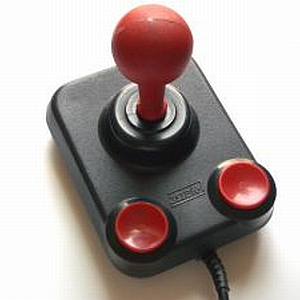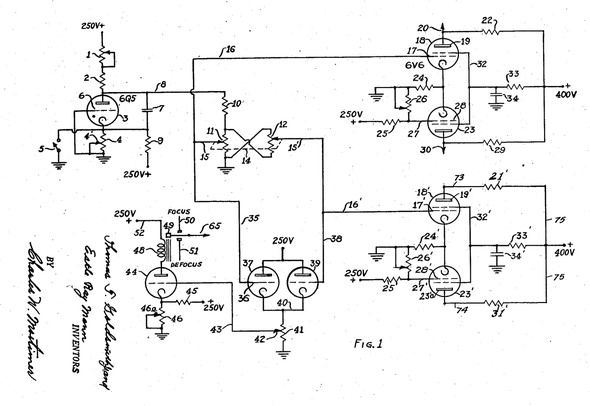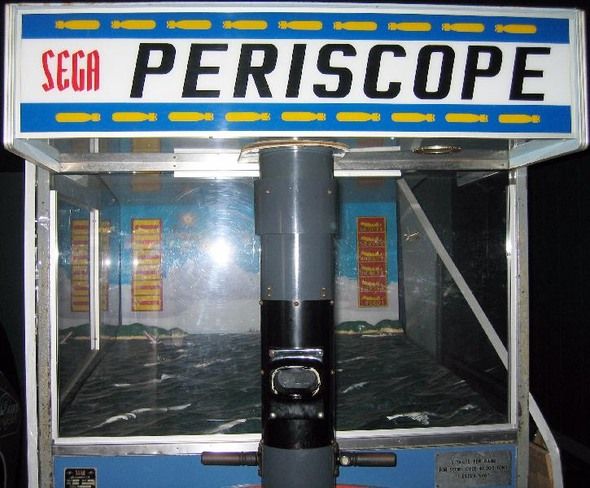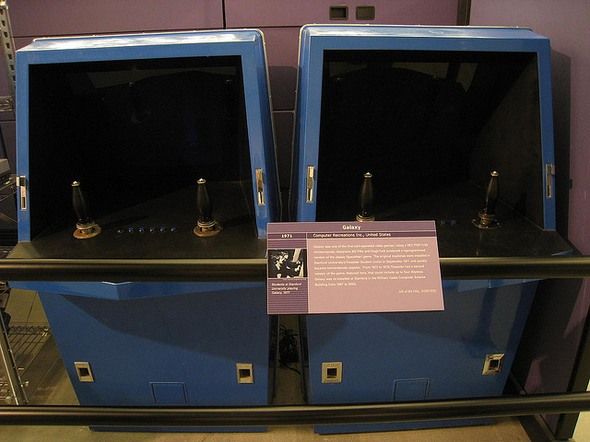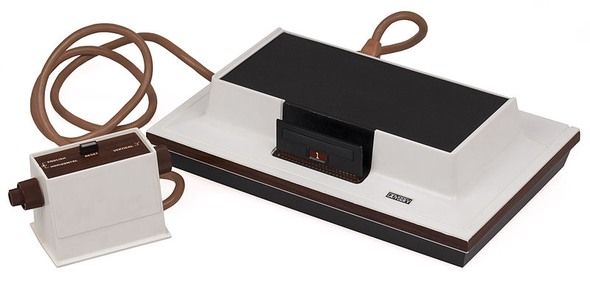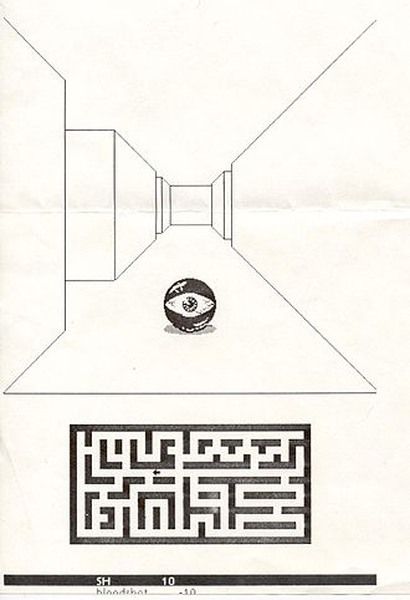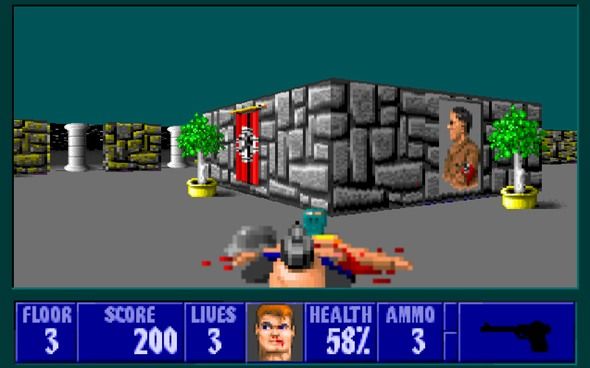Before video games there were board games, card games, parlour games and some elaborate automaton chess robots that were actually operated by hidden human beings. The 20th century saw a huge shift in the perception of what a “game” could be, with most individuals born within the last 25 years or so now associating the word "game" with "video" before anything else.
And why not, video games are – like the "analogue" games of yore – a means of entertainment, an escape from reality and a great way to spend rainy most afternoons. Over the last 50 plus years there have been some remarkable breakthrough moments, some well-known and others less celebrated, that have paved the way for video games as we now know them.
It’s time to take a look at some of gaming’s most memorable firsts, starting with the very first "video game" itself.
The Cathode Ray Tube Amusement Device
If ever you want to take the fun out of something that’s meant to provide you with entertainment, simply call it the "Cathode Ray Tube Amusement Device". What do you mean you’re not amused, it’s in the bloody name! The sentence "I used to play drums for Cathode Ray Tube Amusement Device" wouldn’t be out of place in a trendy bar full of hipsters, but in reality - this was the world’s "first" video game, depending on what your definition of "video game" can stretch to.
The CRTAD, which is what I’ll be referring to it as from now on, was a primitive interactive game built from analogue electronics in 1947. Thomas Tolivan Goldsmith Jr. filed this patent, though the device was never designed for or released to the public. In order to "play" the user would have to apply a transparent overlay with painted aircraft to the CRT, then using controls manoeuvre a dot over the target and "fire". If successful, the dot would defocus as if an explosion had taken place.
This was literally it, there was no computer, no digital electronics and no score. It was a game of skill and imagination, though one could argue it’s not any less pointless than the thousands of games that came after it. The CRTAD was followed-up with similar devices, each becoming more elaborate including Tennis for Two, the first game to use proper graphics and Alan Turing’s primitive chess computer for the Feranti Mark I computer.
Sega Sets The Bar For Price, Stanford Students Invent The Video Arcade
Ignoring the massively popular game of pinball that has been around since the late 1700's, Sega were the first to provide the world with an “arcade” game, though this wasn’t a true video game but an electro-mechanical device. In 1966 the future inventor’s of everyone’s favourite blue hedgehog debuted the machine running a submarine game called Periscope. Using rear-projection technology, lights and plastic waves the game was a worldwide hit and the very first to charge its users a quarter (25¢) to play.
The quarter pricing scheme which sounds laughable in this day and age stuck, and Sega inadvertently created the pricing model that the first generation of arcade games (and beyond) embraced. The first true video coin-operated arcade game came courtesy of Stanford University students Bill Pitts and Hugh Tuck, and was a version of the already popular (and often quoted as the first digital) video game Spacewar! in 1971.
It used a PDP-11/20 to play the game and a display unit that cost $3,000 in 1970s dollars, with the main unit costing around $15,000 this took the price to nearly $20,000 for just one machine. According the consumer price index and WestEgg’s inflation calculator, that’s about $106,000 in today’s money.
Games Come To The Living Room
The world’s first home games console was the Magnavox Odyssey, initially a working prototype in 1968 and later released to consumer in North America in 1972. It was a rather primitive device, ran on battery power and used a number of analogue electronic parts despite the inventor Ralph Baer claiming that it did indeed qualify as a digital console. The Odyssey was relatively unsuccessful due to poor marketing, with reports stating only 330,000 units were sold before discontinuation in 1975.
Using paddle-input controls, the machine used cartridges from which to load games. There were a total of 10 cartridges released, many featuring multiple games. Due to the limitations of the technology, overlays – transparent film with printed pictures – were used to “fill in the blanks” that the Odyssey could not draw. The most famous Odyssey title came on “Cartridge 1”, was called “Table Tennis”, and spurred Magnavox to take Atari to court for their overwhelmingly popular title Pong which came out three years later.
If you spot one at a garage sale or on freecycle you’d be a fool to pass it up, the Odyssey is now a collector’s item - along with being a cool bit of retro kit that would look good in any geek’s room.
The Birth of the First Person Shooter
There are a multitude of genres but few that have enjoyed as much coverage, success and obsession than the first person shooter. Despite Wolfenstein 3D soaking up much of the spotlight when it comes to the first person shooter heritage, the world’s first ever FPS game is a contested issue. It is generally considered that the first game to be considered a first person shooter was Maze War, a 1974 game written by Steve Colley on NASA’s Imlac-PDS-1. The game later made it to other platforms including the original Macintosh and the Xerox Star.
Not only was it the world’s first FPS but it was also multiplayer, allowing players to chase each other around a maze. Should you stumble across another player you could shoot them with players appearing as eyeballs, with multiplayer using client-server network play (another suspected first). The game received updates to play across ARPANET and later the modern Internet. It is considered the first FPS as development began in 1973. This isn’t the only title that was at one time considered to be the first, with Spasim also from 1974 claimed to be the first 3D multiplayer game by its inventor Jim Bowery.
In 1992 the aforementioned Wolfenstein 3D arrived on the scene with a visible onscreen gun and plenty of Nazis to shoot. The game is widely regarded as the reason the genre took off on the PC, and creator’s id Software went on to create Doom which refined the genre further. Wolfenstein, Doom and eventually Quake created hype, critical acclaim and captured the attention of the press for their violent nature. If only they could see how far the genre would eventually go.
Any favourite gaming firsts? What was your first console? First game? First fried graphics card? Want to see more gaming history articles? Add your comments, below!
Image Credits: Sega Periscope (Sega Retro), Galaxy Game (Tom Purves)

